Solopreneur Spotlight: Bri Crabtree on Adapting as a Professional Performer to COVID-19
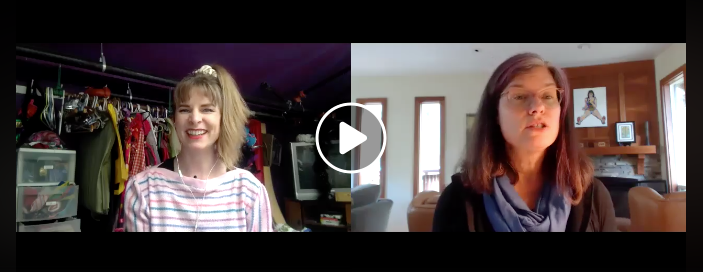
Bri Crabtree is a professional circus performer. She juggles, unicycles, and entertains people of many different ages with silly antics. Typically, she performs at a variety of events. When COVID-19 hit, her work for the foreseeable future was cancelled. Bri quickly pivoted both her business tasks and personal finances to address this new challenge. Here are some of the insights she shared with me in a recent video interview.
Making Connections & Staying Connected
Bri told me that as soon COVID-19 began impacting her work, she started making personal connections and reaching out for opportunities. She also spoke about her social media strategy during this time. She told me she’s become more active on social media in order to maintain a presence in her clients’ minds. Through online offerings like her Silly Circus Show virtual parties, posts to her Instagram, Facebook, and her newly created Patreon account, she’s staying connected to fans. These accounts give her a chance to do a lot of behind the scenes work and show her clients what those processes look like. Making content like this also gives her more time to work on the many costuming, puppet-making, and other prop-related projects involved in her business. I loved this video from her costume closet!
Opening Income Streams & Applying for Aid
When Bri reached out to others looking for opportunities to make up for her lost work, she found solutions in the form of new income streams. She was offered a babysitting job and directed to a place where she could take paid surveys.
She also applied for aid in a couple different forms. She applied for unemployment early on, although she didn’t get good results. She also applied for EBT, and applied for and received a grant from the Bay Area Safety Net Fund.
Her new virtual party offerings, stickers, and her Patreon account are also new income streams that she has opened during COVID. All of this combined shows Bri’s flexible and diverse approach to adapting her business during this time.
Zeroing In
Bri talked about how important it was for her to “zero in” on essentials and pare down her budget. One thing that’s been particularly helpful is going out to eat less, and cooking more at home. She’s been buying staple foods in bulk, for economic reasons and to keep herself well-stocked. Many people are trying to stay focused on essentials right now. Bri and I worked to establish a comfortable spending plan for her life. Here’s some ideas on how to do that for yourself.
Keeping A Good Mindset
Maintaining a good mindset through these challenges has been key for Bri. Much like my interview with Jennifer Graham, Bri shared some specific things that have been helping her out. She’s been learning to play the ukulele (and sharing her progress!). She also works out four times a week, citing Ground Up Fitness Home Workouts as one of her favorite resources.To keep track of both of these projects, each day she uses a motivational sticker calendar.
Finally, she spoke to me about feeling financially confident during these challenging times, because of the work we’ve done together on her finances in the past. As a coach, it’s good to hear that work is paying off.
Flexible Thinking
 The many ways Bri has adapted her business to the conditions of COVID-19 show a lot of flexible thinking. She problem-solved in a number of ways, from adapting her offerings to the digital realm, to pursuing income streams unrelated to her talents, to applying for aid and creating healthy routines for herself. Her new approaches to her business have not only kept her afloat, but also created new opportunities. The fact that she has created a Patreon and gotten to create more behind-the-scenes content for her clients is a wonderful use of her time. It allows her to work on those projects, and create more interest in her work.
The many ways Bri has adapted her business to the conditions of COVID-19 show a lot of flexible thinking. She problem-solved in a number of ways, from adapting her offerings to the digital realm, to pursuing income streams unrelated to her talents, to applying for aid and creating healthy routines for herself. Her new approaches to her business have not only kept her afloat, but also created new opportunities. The fact that she has created a Patreon and gotten to create more behind-the-scenes content for her clients is a wonderful use of her time. It allows her to work on those projects, and create more interest in her work.
You can watch our full video interview here. You can also follow Bri on her site, check out her Silly Circus Show, support her on Patreon, and see what she posts on Facebook and Instagram. If you enjoyed this article, you might also like the two I wrote about how Jennifer Graham, a photographer in the Bay Area, has adapted to COVID.
Angela








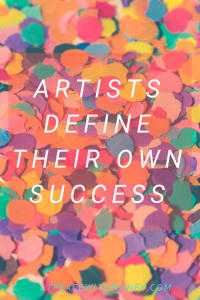 Overall, Megan stressed the importance of understanding what you really want from your business and your life, and structuring it to include more of what you want. Whether this is more time in the studio, more time with your family, or less time spent on certain tasks, automation helps creatives focus on the work they really want to be doing. I have written a little bit about how
Overall, Megan stressed the importance of understanding what you really want from your business and your life, and structuring it to include more of what you want. Whether this is more time in the studio, more time with your family, or less time spent on certain tasks, automation helps creatives focus on the work they really want to be doing. I have written a little bit about how 

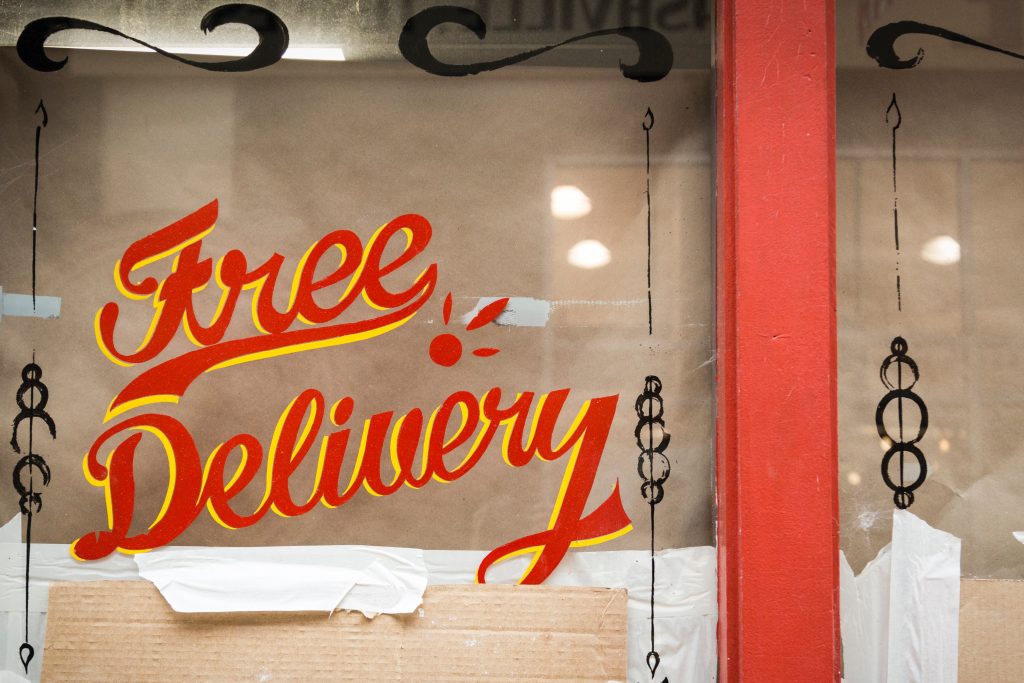
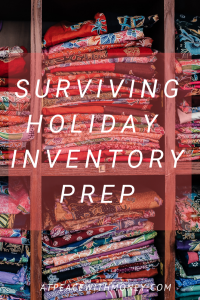



 My best ask ever was getting to visit bead makers in Murano, Italy,
My best ask ever was getting to visit bead makers in Murano, Italy, 
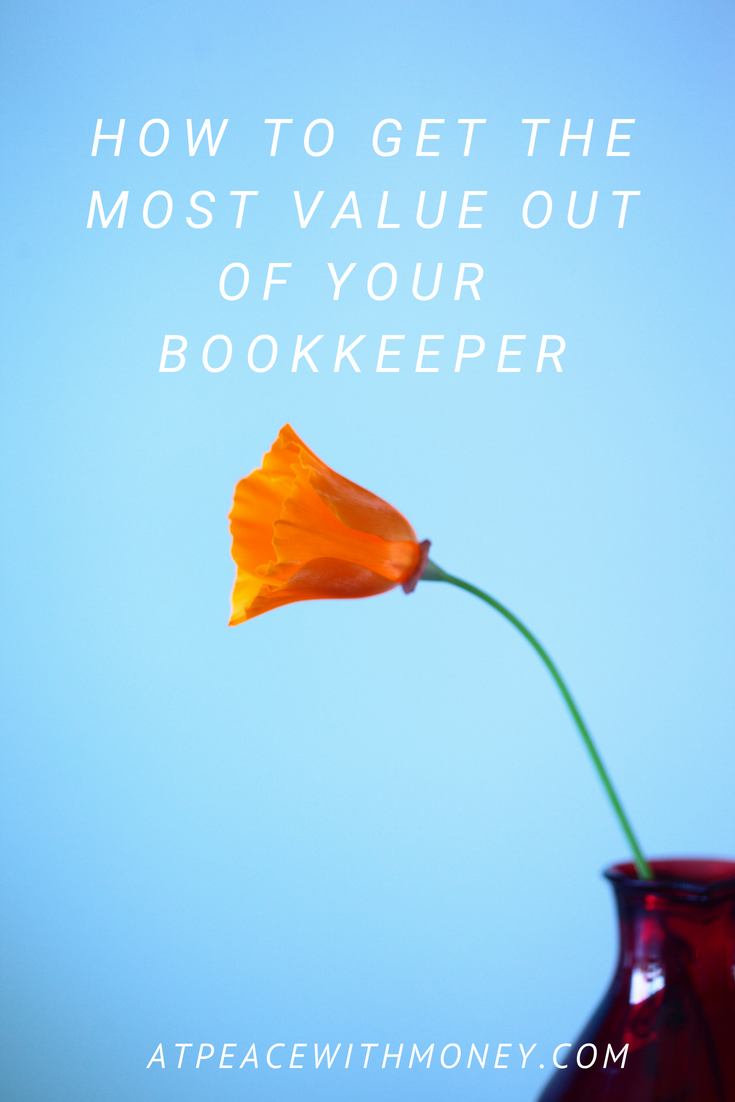

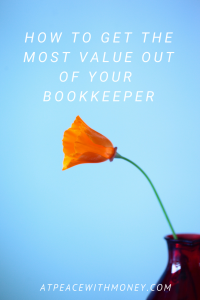


 Your money “why” is like your business’s compass, because it’s hard to get where you’re going if you don’t know exactly where you’re going or why you’re going there! Everyone talks about finding your “why” – your motivation or purpose – in business. Doing so is absolutely important, but today I want to talk about your money “why” because I think that is equally important to the direction of your business. Knowing exactly what your goals are for the money your business generates will guide you in your financial decision making process and ultimately to the realization of said goals.
Your money “why” is like your business’s compass, because it’s hard to get where you’re going if you don’t know exactly where you’re going or why you’re going there! Everyone talks about finding your “why” – your motivation or purpose – in business. Doing so is absolutely important, but today I want to talk about your money “why” because I think that is equally important to the direction of your business. Knowing exactly what your goals are for the money your business generates will guide you in your financial decision making process and ultimately to the realization of said goals. 


 As someone who’s been involved with finance throughout my career, I love hearing about and researching new financial ideas. When I came across
As someone who’s been involved with finance throughout my career, I love hearing about and researching new financial ideas. When I came across  ur spiritual needs, etc.Which of these needs is your business meeting? Which ones are not being met, and how could you adapt your business to better serve you in that area? What are your goals? Is your business helping you meet those? Answering these questions can help you discover whether your business is truly supporting you in all the ways it could. Approaching your business with a creative eye can help you create something more supportive. That’s Profit First in action!
ur spiritual needs, etc.Which of these needs is your business meeting? Which ones are not being met, and how could you adapt your business to better serve you in that area? What are your goals? Is your business helping you meet those? Answering these questions can help you discover whether your business is truly supporting you in all the ways it could. Approaching your business with a creative eye can help you create something more supportive. That’s Profit First in action!
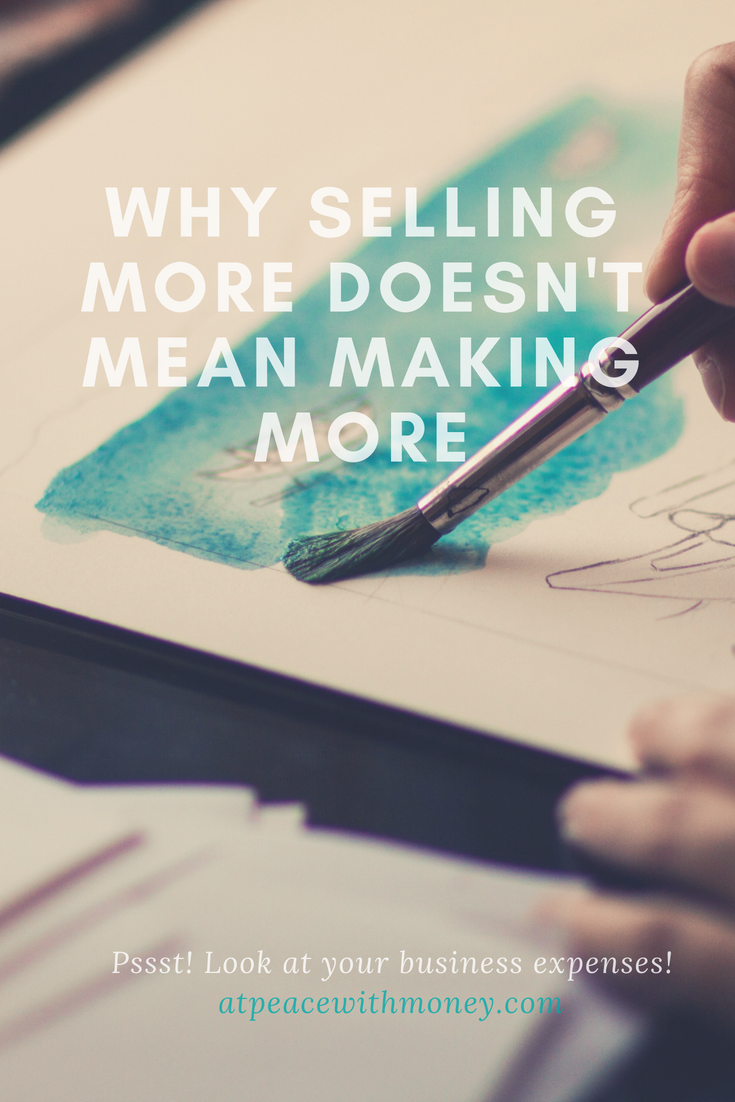

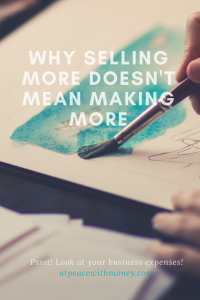
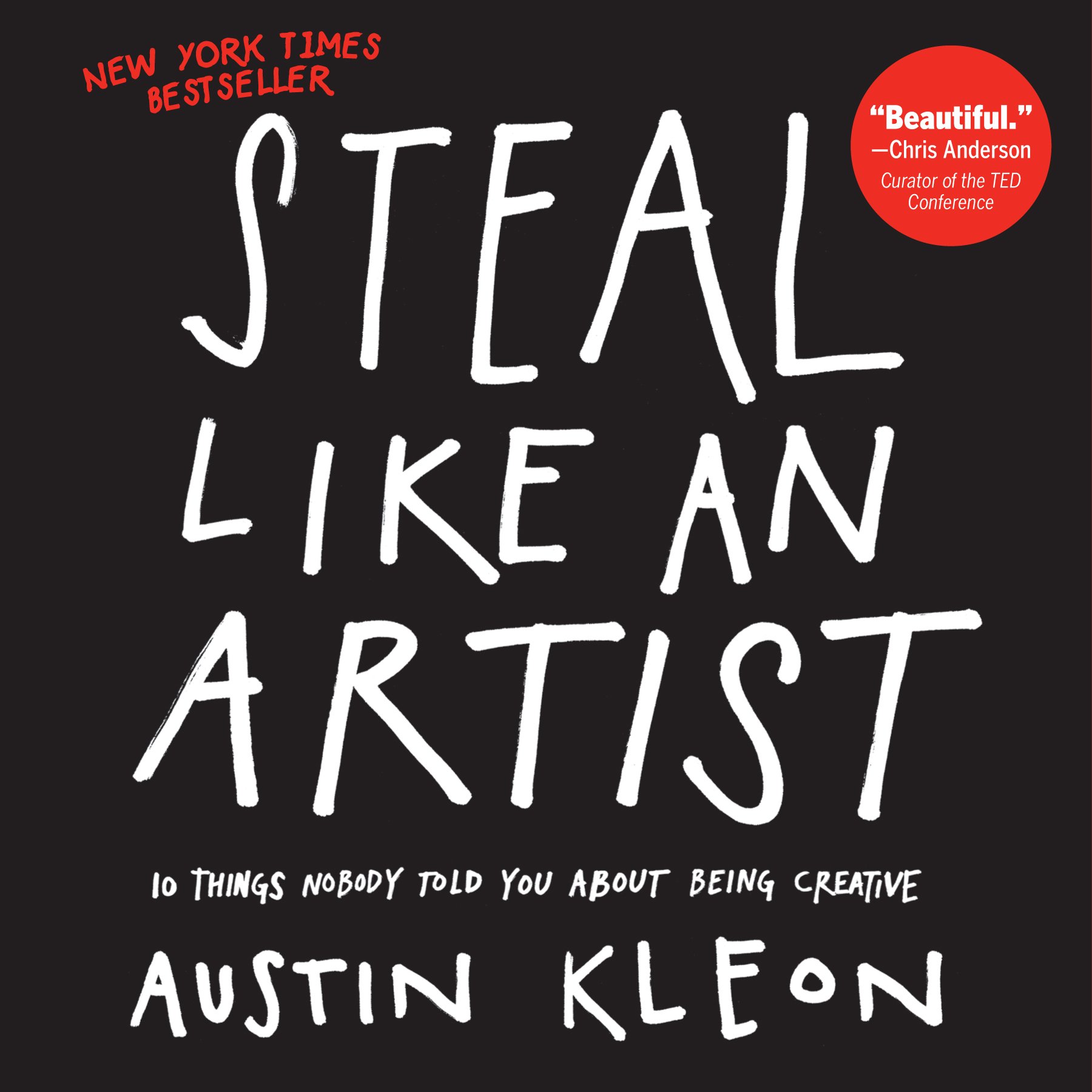

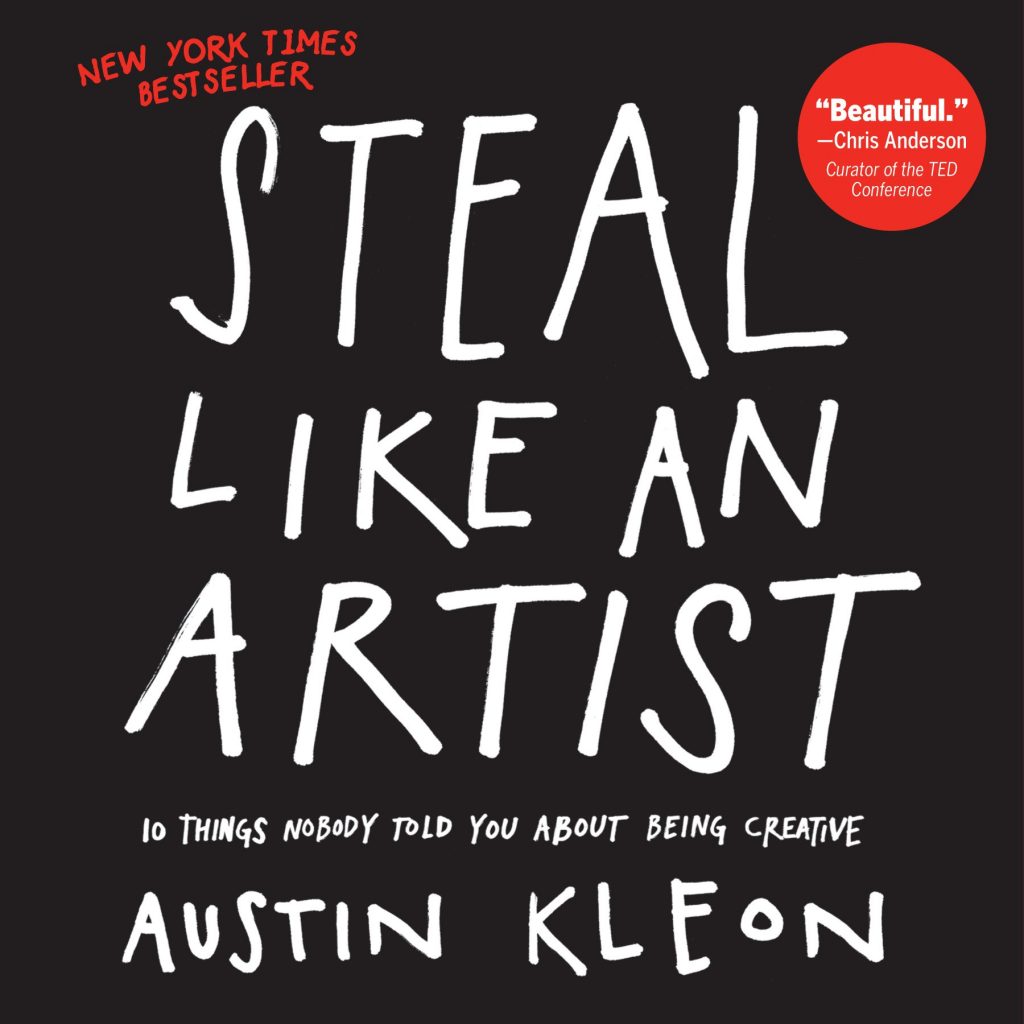 There are so many good books out there that could benefit solopreneurs and people looking to educate themselves about personal finance. I’m an avid reader myself, and lately I’ve been devouring books on the subjects of small business, finance, and retirement. I thought it may be useful to you all to hear about my reading discoveries, so I’m sharing a book review of one of my most recent reads,
There are so many good books out there that could benefit solopreneurs and people looking to educate themselves about personal finance. I’m an avid reader myself, and lately I’ve been devouring books on the subjects of small business, finance, and retirement. I thought it may be useful to you all to hear about my reading discoveries, so I’m sharing a book review of one of my most recent reads, 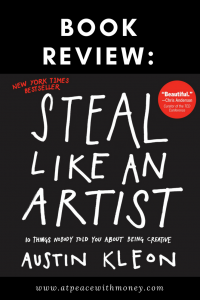 very morning. On the walk, I notice if I am not listening to podcasts or messing with my phone, I tend to come up with a lot of ideas at this time. Getting away from digital distractors is an equally important piece of the creative process.
very morning. On the walk, I notice if I am not listening to podcasts or messing with my phone, I tend to come up with a lot of ideas at this time. Getting away from digital distractors is an equally important piece of the creative process.